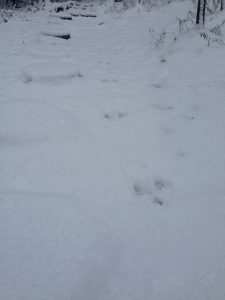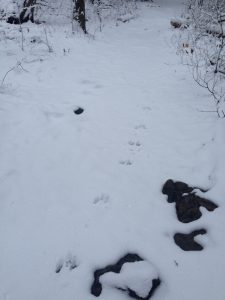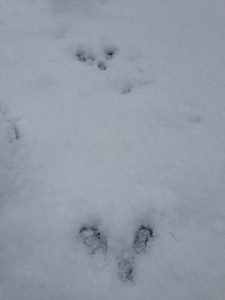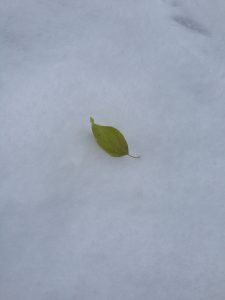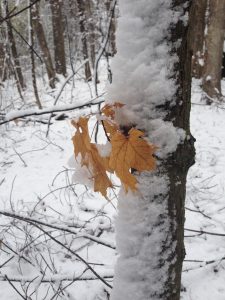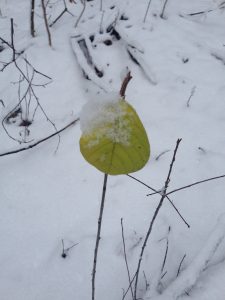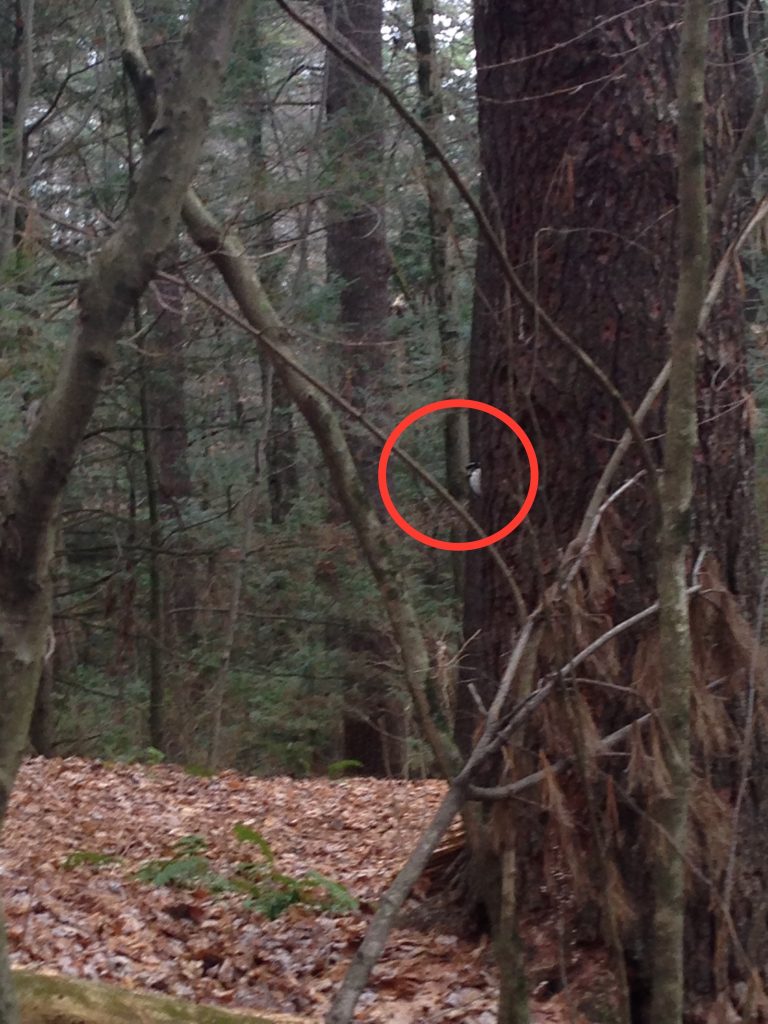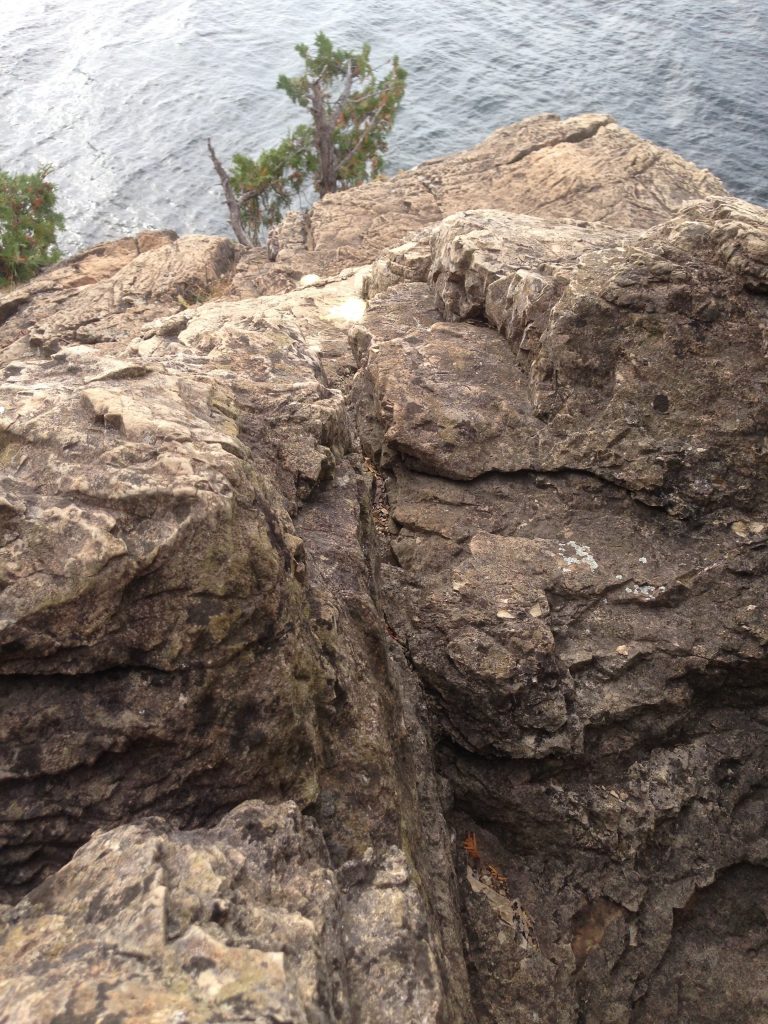I’ve always been amazed at how still and clean the world becomes in a snowfall. At least this is what happens in DC. Here in Burlington it seems that people are so accustomed to snow, very little activities come to a halt. To find the sense of stillness that I associate with snow, I headed out after my chemistry lecture down to Lone Rock Point. The walk down was gorgeous and it took more time than usual as I felt the need to fully appreciate the beauty of the first winter snowfall.
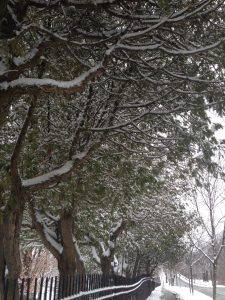
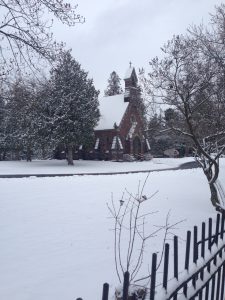
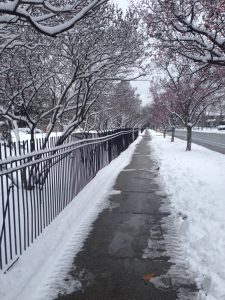

I love perfectly undisturbed snow. It is vastly entertaining to walk on snow with the intention of creating perfectly clean footsteps, leaving a visible track of your journey for future visitors. On the walk back I followed my footsteps down the trial and across North Beach.
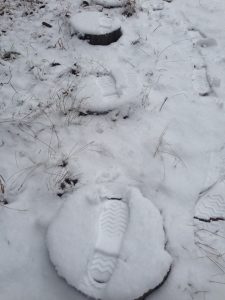
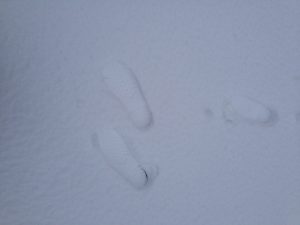
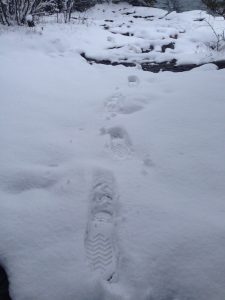
For the first time, I also noticed the tracks of nonhuman visitors in the snow. What I assumed to be squirrel tracks (mainly because they all seemed to end at trees) were everywhere. Little paws interlaced with my footsteps left a clear visual of who had explored my site that morning. Myself and the squirrels were the only walking visitors on Lone Rock Point. There is something almost eerie in knowing the exact creatures that have traipsed around a site before your visit.
From a phonological perspective, the site was obviously tremendously different from my last visit in late October. Practically all of the leaves had fallen, with just a few stray stragglers hanging on and the remaining green of the buckthorn leaves.
The leaves that had previously covered the forest floor in bright yellow and orange-brown colors were now covered in a sheet of snow and the visual changes between the colors of my last few visits are very obvious.
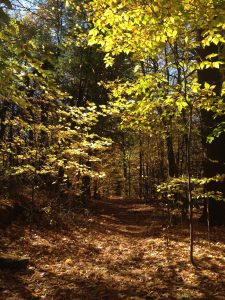
October 24th

October 31st
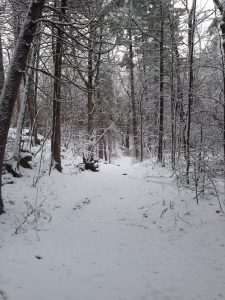
December 5th
I was fascinated on this visit to notice the ways in which snow falls on trees and manages to stick to just one side of a trunk or dangle suspended on a small leaf. In one case, the snow speckled an old snag, reshaping its visible textures. Somewhere else the snow clung to the backside of of cedar leaflets
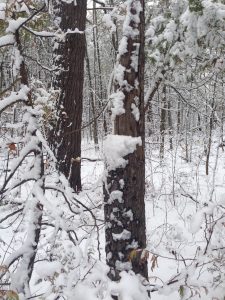
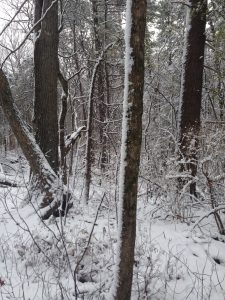
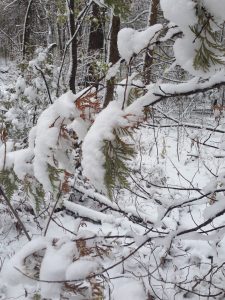
As I observed this phenomena, I began to notice specific aspects of the place that had previously gone unseen. For instance, the underbrush of the forest was redefined, uncovered from the fall colors that had previously hidden it. For the first time, I noticed a larger oak tree at the entrance to the trailhead, a tree appears much older than anything else in its surroundings. Further in, another beautiful tree was bent in a graceful fashion and the intricacy of tree roots around the rocks was further illuminated.

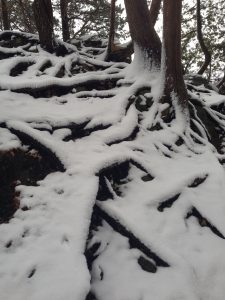
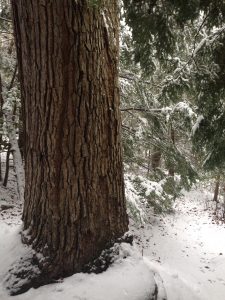
Overall, the trip was an extraordinary experience and opportunity to see the world of Lone Rock Point in a new light as well as a new season. I hope to be able to visit again this winter and see what else the snow can reveal!
(Original Photographs Copyright Colby Bosley-Smith, 2016)
